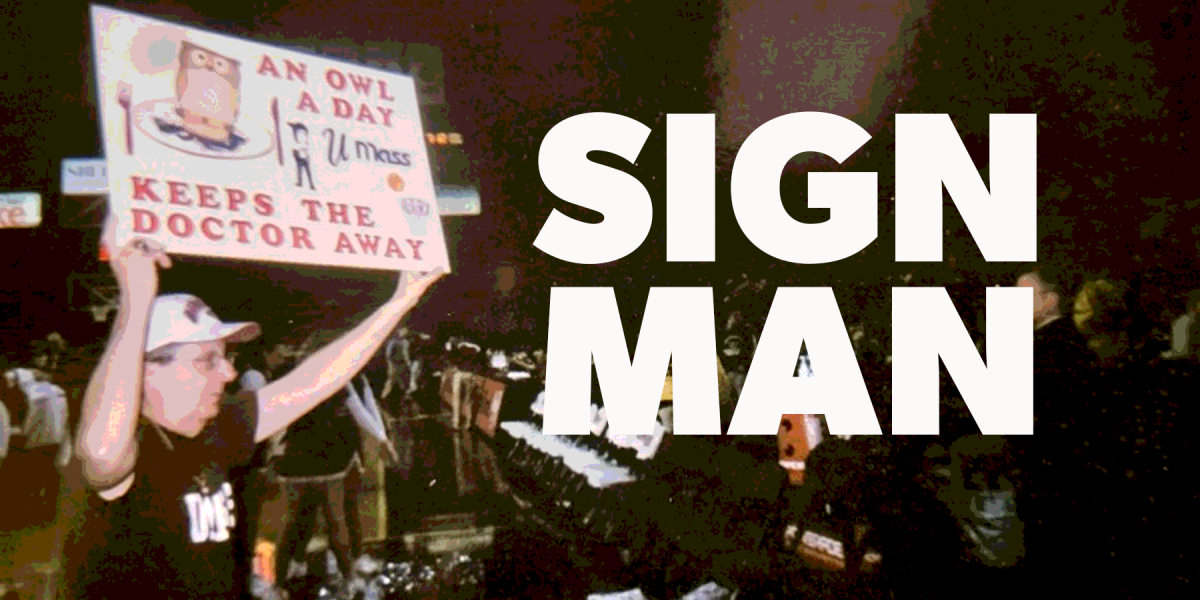
The income of the average American has been stagnating since 1970, and for the first time in our country’s history, we expect things to get worse in the future, not better. The frustrations of many Americans have reached a clear tipping point. This election cycle, many disgruntled voters have flocked to the populist messages of Bernie Sanders and Donald Trump, especially on trade. Both candidates struck a chord with those longing for the days of good old-fashioned manufacturing jobs that gave families strong and steady middle-class incomes. However, what none of the politicians will tell the voters is the truth: manufacturing jobs aren’t coming back.
Truth be told, at this point in our country’s economic life, we shouldn’t want those manufacturing jobs back. While I agree that we should hold on to the ones we still have for as long as we can, we are in the final stage of a country’s economic growth pattern: the service based economy. Years after flocking to the cheap labor of China and Mexico, returning manufacturing jobs would pay a fraction of what they paid years ago. Manufacturing is just a symbol for what America’s middle class truly needs: a resurgence of organized labor.
According to statistics from Think Progress, union membership rates have been plummeting in the United States since the mid-1960s, and membership rates are now half of what they were at their peak. Not so coincidentally, the falling union rates have pretty much been in lockstep with the falling middle class share of national income, which also peaked in the 1960s and was approaching all-time lows even before the great recession of 2007 and 2008. This has led us into a highly unequal economy, with the super-rich now receiving their biggest share of national income since the Roaring Twenties. The reason why this correlation makes perfect sense is because unions do so much more than just bargain for the employees they directly represent. They lift up the entire economy for the working class.
Even if a specific firm or industry is not unionized, they are often in competition (for both customers and for labor) with firms and industries that are. Because of this competition for labor, the higher wages that unions negotiate for their workers become the standard that all labor entering the market are looking for. Thus, if non-union firms want to get high-quality employees they have to match or exceed the pay of their unionized competition. According to the Economic Policy Institute, “a high school graduate whose workplace is not unionized but whose industry is 25 percent unionized is paid 5 percent more than similar workers in less unionized industries”.
Unions also do much more than just influence wages for the working class. In their heyday, unions were some of the most influential lobbyists on Capitol Hill. Let’s be clear, I am no fan of special interests using big money to influence politicians and legislation, but it is currently just a fact of life that we all have to live with. I completely support trying to reform these corrupt practices and change the game, but until that becomes a reality you have to do your best to win the game. No one did that better for the middle class than the unions. Their power and lobbying helped to bring us some of the strongest pieces of workers’ rights legislation, such as the Fair Labor Standards Act. With unions shrinking quickly and thus losing much of their lobbying power, it should be a surprise to no one that big business has taken their place in the ear of local and national politicians, leading to numerous pro-business trade deals and pieces of legislation, all at the expense of the working class.
One of the biggest problems our economy is facing is that the ever-expanding service industries don’t have a fraction of the unionized jobs that the manufacturing industry did years ago. This leaves a severe lack of opportunities that offer steady and decent paying employment for Americans without a high level of education. If we can reverse this trend, the entire middle class could finally begin to see their incomes rise on a regular basis, something we have been waiting over 40 years to see.
Matt Heffler is a Collegian columnist and can be reached at [email protected].


















